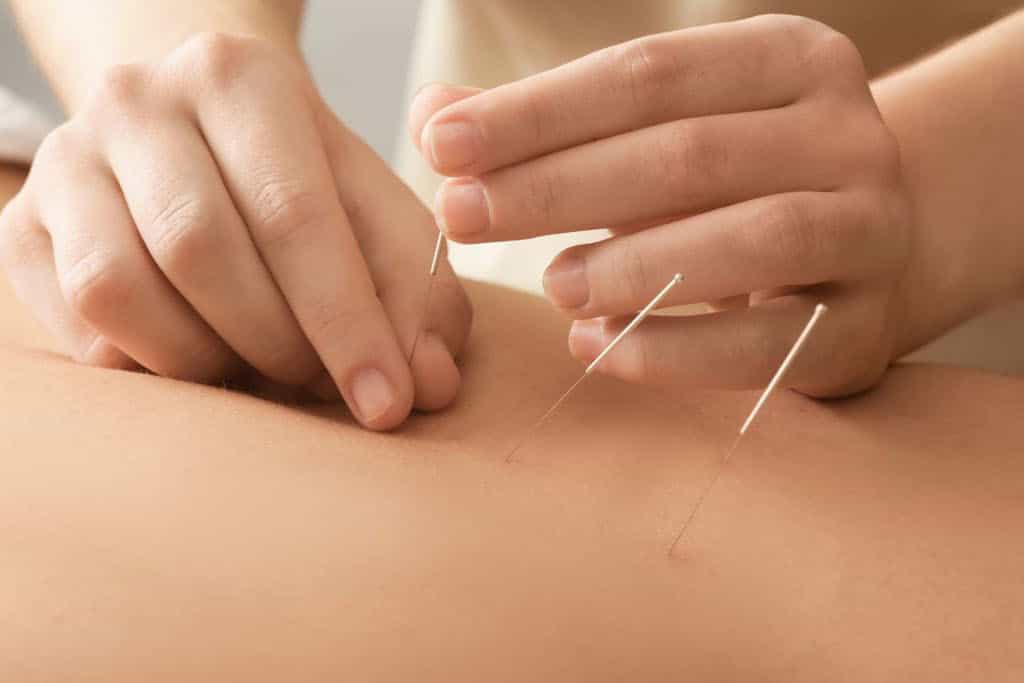
Dry Needling: A Therapeutic Technique for Musculoskeletal Pain Relief
The dry needling is a therapeutic technique used to treat musculoskeletal pain and brokenness. It includes the inclusion of fine needles into explicit trigger places or tight bands of muscle, aiming to alleviate pain, further develop portability, and reestablish capability.
Understanding Dry Needling
This is a technique that originated from the principles of traditional acupuncture however contrasts in its application and theoretical framework. It is based on a cutting-edge understanding of musculoskeletal anatomy, neurophysiology, and proof-based medication.
Principles and Mechanisms of Action
The fundamental principles of this method include targeting myofascial trigger focuses and dysfunctional engine endplates. The inclusion of the needle stimulates a localized jerk reaction, which leads to the release of pressure, further developed bloodstream, and decreased pain signaling. It also stimulates the body’s natural healing cycles and advances tissue redesigning.

Conditions Treated with Dry Needling
It is regularly utilized in the management of musculoskeletal conditions, for example, myofascial pain disorder, persistent muscle strain, joint brokenness, and sports-related wounds. It can successfully address many conditions
- Neck pain
- Back pain
- Headaches
- Tendinitis
- Fibromyalgia
- Temporomandibular joint issues
The Dry Needling Procedure
During a dry needling meeting, a qualified healthcare professional, like a physical therapist or chiropractor, performs an intensive assessment to recognize areas of muscle pressure and trigger focuses. The practitioner then embeds flimsy, sterile needles into the recognized places, which may cause a gentle discomfort or a concise muscle jerk. The needles are typically left in place for a brief duration, ranging from a couple of moments to several minutes.
Effectiveness and Benefits
Various examinations have demonstrated the effectiveness of the treatment in diminishing pain and working on functional results. The benefits of this technique incorporate pain relief, increased range of movement, enhanced muscle activation, further developed tissue healing, and diminished reliance on pain medications. It is often utilized in combination with other therapeutic medications to advance outcomes.
Safety Considerations
At the point when performed by a trained professional, it is generally safe. Adverse impacts are typically minimal and transient, including gentle swelling, dying, or temporary irritation at the needling destinations. It is essential to get it from an authorized healthcare practitioner who adheres to severe cleanliness practices and keeps appropriate safety rules.
Integration into Healthcare
This treatment method is generally integrated into a complete treatment plan, alongside other rehabilitative techniques, practice therapy, and patient education. It can supplement manual therapy, physical therapy, and chiropractic care, among other modalities. The developing assemblage of research supporting the effectiveness has added to its acknowledgment and acceptance in the healthcare local area by this technique.
End
This treatment technique is a therapeutic technique that has gained popularity for its efficacy in managing musculoskeletal pain and brokenness. By targeting trigger focuses and dysfunctional engine endplates, this procedure can give pain relief, further develop portability, and reestablish capability. At the point when performed by a qualified healthcare professional, it offers a safe and compelling choice for individuals looking for relief from various musculoskeletal conditions, enhancing the overall quality of life.

